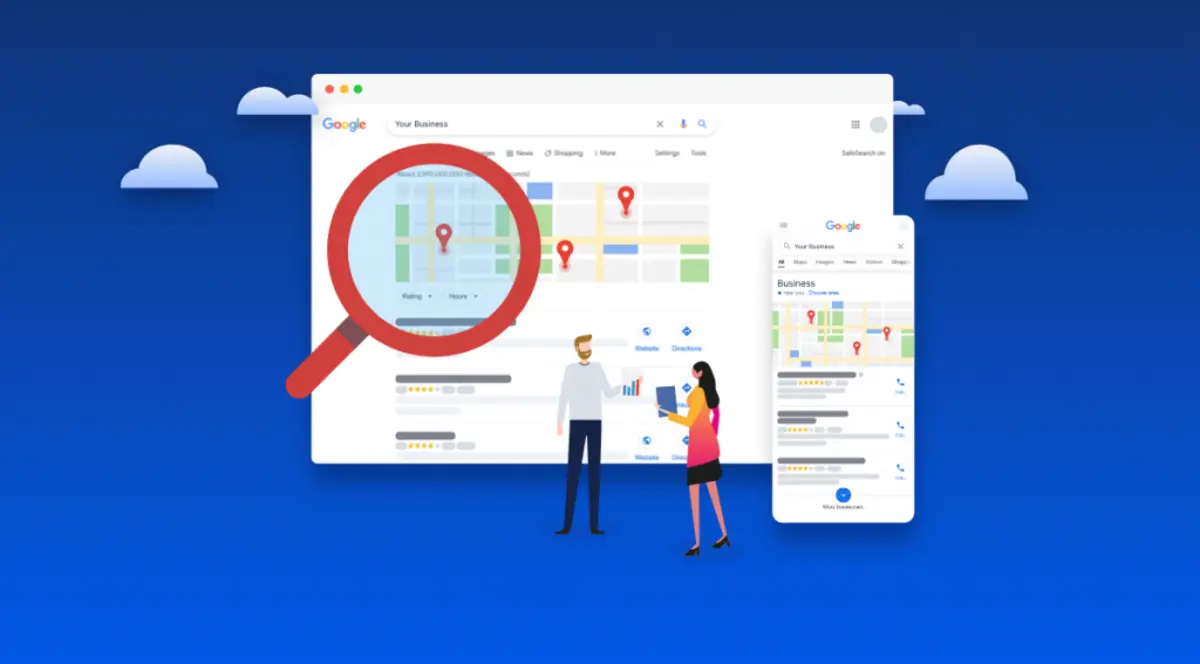
Starting a business can be an exciting yet challenging endeavor. Whether you are a budding entrepreneur or someone who has been thinking about starting your own business for while, taking the first step can feel daunting. But fear not! In this comprehensive guide, we will walk you through the process of starting a business in 10 easy steps. By the end of this article, you will have a clear roadmap to kickstart your entrepreneurial journey. So, let's dive in!
Step 1: Define Your Business Idea
The first and most crucial step in starting a business is to define your business idea. What product or service do you want to offer? Is there a market demand for it? Conduct thorough market research to understand the needs and preferences of your target audience. This will help you identify a unique selling proposition that sets your business apart from competitors.
Things to consider
- Conduct market research to identify your target audience.
- Define your unique selling proposition.
- Test your business idea with a small focus group.
Step 2: Create a Business Plan
A well-thought-out business plan serves as a roadmap for your business. It outlines your business goals, target market, competition analysis, revenue projections, and marketing strategy. A solid business plan is essential for securing funding from investors or financial institutions.
Key components of a business plan
- Executive summary
- Business description
- Market analysis
- Sales and marketing strategy
- Financial projections
Step 3: Choose a Business Structure
Deciding on the right business structure is important as it determines your legal and tax obligations. The most common business structures include sole proprietorship, partnership, corporation, and limited liability company (LLC). Each structure has its own advantages and disadvantages, so choose one that aligns with your business goals.
Types of business structures
- Sole proprietorship
- Partnership
- Corporation
- Limited liability company (LLC)
Step 4: Register Your Business
Once you have decided on a business structure, you need to register your business with the appropriate government authorities. This typically involves obtaining a business license, registering your business name, and applying for any necessary permits or certifications. Make sure to comply with all legal requirements to avoid any potential issues down the road.
Steps to register your business
- Obtain a business license
- Register your business name
- Apply for permits and certifications
Step 5: Secure Funding
Securing funding is a crucial step in starting a business. Determine how much capital you need to launch and sustain your business until it becomes profitable. You can fund your business through personal savings, loans from banks or investors, crowdfunding, or grants. Choose the funding option that best suits your business needs.
Sources of funding
- Personal savings
- Bank loans
- Investors
- Crowdfunding
- Grants
Step 6: Set Up Your Business Location
Depending on the nature of your business, you may need to secure a physical location. This could be a store, office, or production facility. Consider factors such as location, size, lease terms, and accessibility when choosing a business location. Ensure that your business location complies with zoning regulations and is conducive to your operations.
Considerations for setting up your business location
- Location
- Size
- Lease terms
- Zoning regulations
- Accessibility
Step 7: Develop a Marketing Strategy
Marketing plays a crucial role in attracting customers to your business. Develop a comprehensive marketing strategy that outlines how you will promote your products or services to your target audience. Utilize a mix of online and offline marketing channels such as social media, email marketing, SEO, and traditional advertising to reach a broader audience.
Components of a marketing strategy
- Target audience
- Marketing channels
- Budget allocation
- Branding
- Customer acquisition
Step 8: Hire the Right Team
Building a strong team is essential for the success of your business. Hire employees who complement your skills and share your vision for the business. Create job descriptions, conduct interviews, and onboard new employees effectively. Invest in training and development to ensure that your team is equipped to handle the demands of the business.
Tips for hiring the right team
- Create job descriptions
- Conduct interviews
- Onboard new employees
- Invest in training and development
Step 9: Establish a Strong Online Presence
In today's digital age, having a strong online presence is essential for any business. Create a professional website, set up social media profiles, and engage with your audience through online channels. Implement SEO strategies to improve your website's visibility in search engines and drive organic traffic. Leverage digital marketing tools to enhance your online presence and attract more customers.
Ways to establish a strong online presence
- Create a professional website
- Set up social media profiles
- Engage with your audience online
- Implement SEO strategies
- Leverage digital marketing tools
Step 10: Monitor and Adapt
Once your business is up and running, it's important to monitor its performance and make necessary adjustments along the way. Keep track of key metrics such as sales, revenue, customer feedback, and market trends. Continuously evaluate your business strategies and adapt to changing market conditions. Stay agile and be willing to pivot if needed to ensure the long-term success of your business.
Key metrics to monitor
- Sales
- Revenue
- Customer feedback
- Market trends
- Business strategies
Conclusion
Starting a business may seem like a daunting task, but with the right approach and mindset, you can turn your entrepreneurial dreams into reality. By following these 10 easy steps, you'll be well on your way to launching a successful business. Remember to stay focused, resilient, and open to learning from your experiences. Good luck on your entrepreneurial journey!
What to read next

.webp)